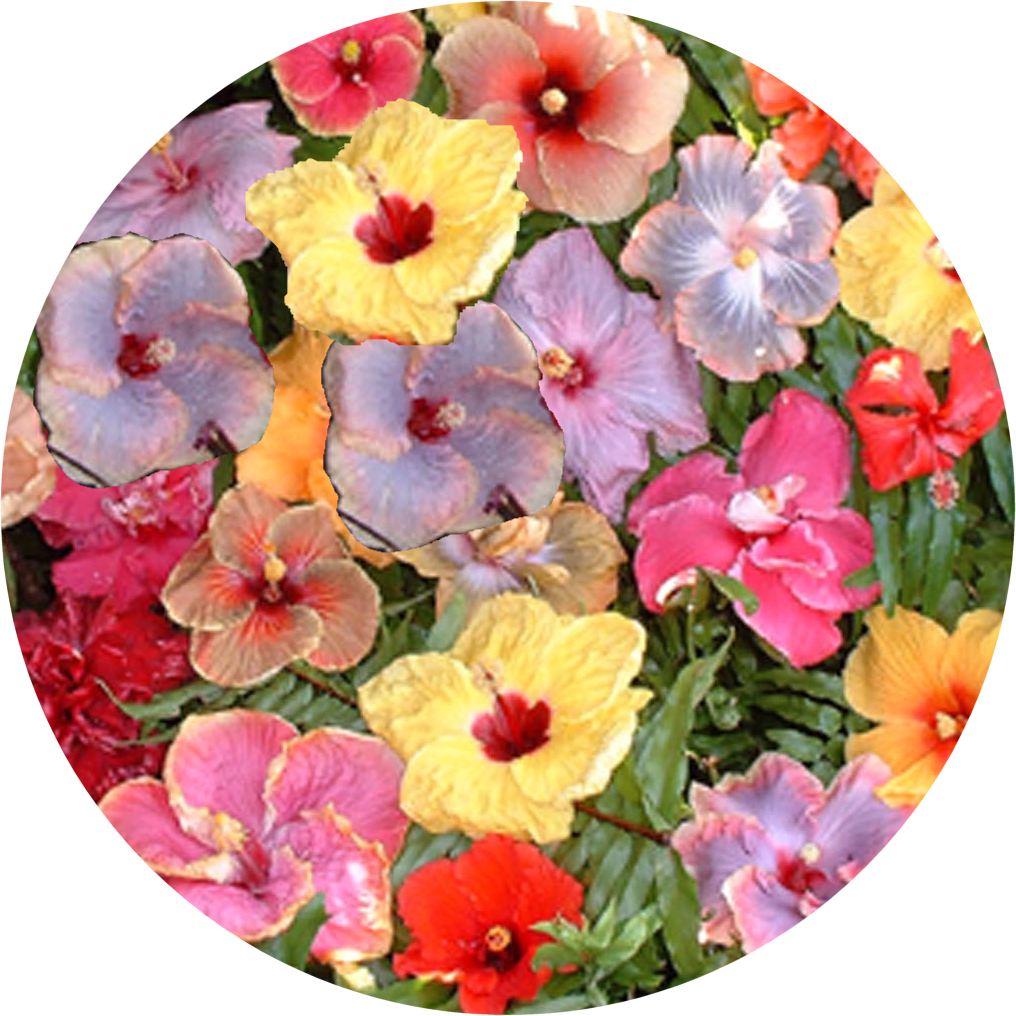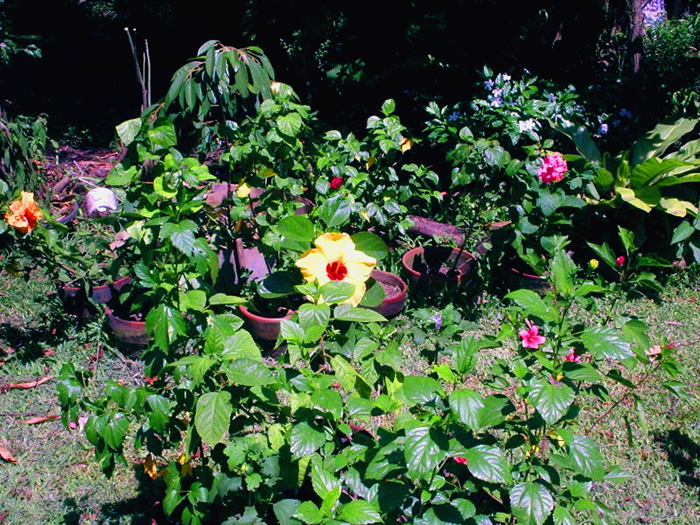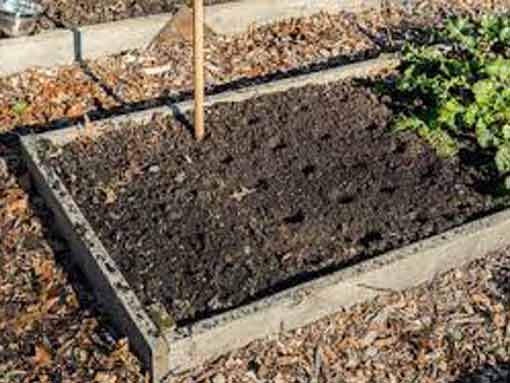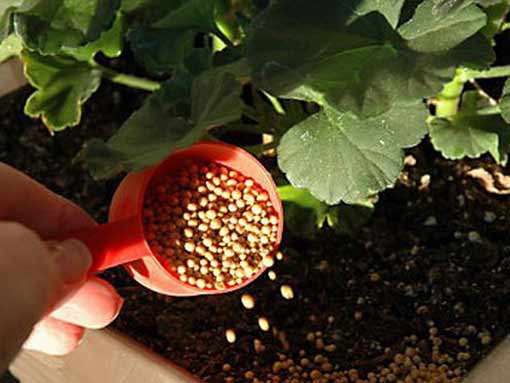How to Care for your Hibiscus
With today’s Hibiscus breeding, aiming for larger & varied colour combinations the growing vigor of some new Cultivars have been compromised & some are released so quickly to Hibiscus fanciers throughout the world that the modern bred Cultivars haven’t been given the opportunity to prove their hardiness.
And for this reason, We have decided to graft SOME of them onto proven hardy root stock to ensure their greater resistance to disease & guarantee a more robust plant for you. These plants will in turn then produce the Highest quality & quantity blooms on a more vigorous plant.
Every effort is taken to remove buds from the understock of grafted plants. Occasionally some slip through & begin to appear in the future. If you notice any vigorously growing shoots from the base of the plant of which has totally different leaves & blooms from what was originally purchased please remove them with a sharp knife cutting as close to the main trunk as possible, this will usually take care of the problem. If this is not done, the understock will quickly over take the growth of the desired plant, which you initially selected.





